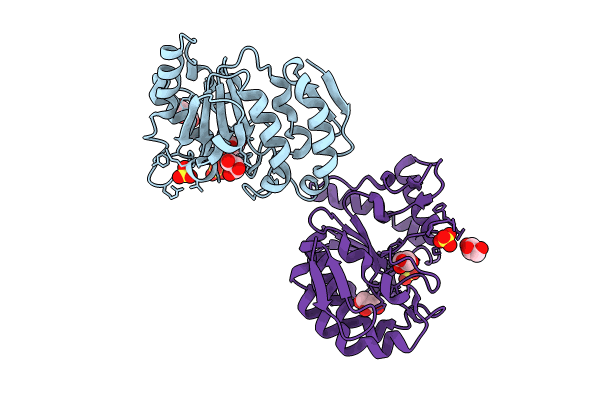
Deposition Date
2023-08-23
Release Date
2024-05-08
Last Version Date
2024-06-05
Entry Detail
PDB ID:
8QAM
Keywords:
Title:
vaccinia virus Uracil DNA glycosidase mutant I197K-V200E-L204K
Biological Source:
Source Organism:
Vaccinia virus Copenhagen (Taxon ID: 10249)
Host Organism:
Method Details:
Experimental Method:
Resolution:
1.32 Å
R-Value Free:
0.16
R-Value Work:
0.12
R-Value Observed:
0.13
Space Group:
I 4


